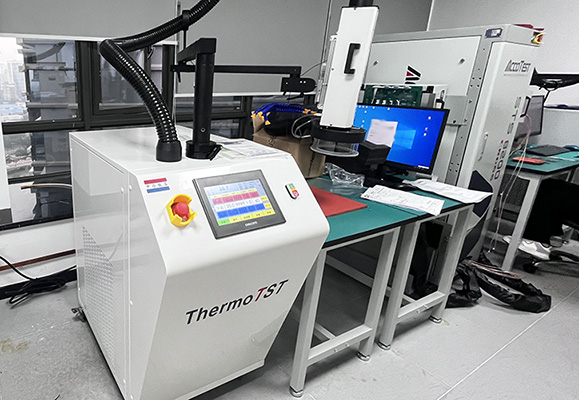Reliability of components refers to the ability of products to complete specified functions within specified time and under specified conditions
(1) Specified time: as time goes on, no matter whether the components are in working condition, their performance will change due to various internal and external conditions, and their reliability level will slowly decline with the extension of working time.
(2) Specified conditions: different service conditions and environmental conditions mean different working stress levels of components. Environmental conditions include temperature environment, humidity environment, vibration and shock environment, etc
Temperature change will increase the internal stress of materials with different temperature characteristics and cause damage. High humidity can cause material corrosion and increase the leakage current of components. Vibration impact will fatigue the materials and reduce their mechanical strength
(3) Specified function: refers to the technical performance index for components to complete their specific tasks.
Resistors: resistance value and power consumption
Capacitor: voltage, capacitance value, leakage current and loss angle
Transistors: power consumption, maximum collector current, reverse voltage, etc
Diode: reverse voltage, maximum current, switching time, etc
Operational amplifier: power supply voltage, power supply current, magnification, etc
The failure rate of components is the main parameter to characterize the reliability of components
The measurement method is: the ratio of the total number of failures of components to the total number of life units under specified conditions and within specified period. The common failure rate unit is 1/h. For components such as relays whose life is calculated by the number of actions, the failure rate unit is 1/time.
With high quality level of components, their working failure rate is low, so the average time between failures (MIBA) of equipment is high.
The purpose of component failure analysis is: (1) to find and analyze the failure position and failure mechanism of the failed components and determine the failure reason (2) to provide basis for improving the design, process and use of components; Clarify the corrective measures to be taken to improve the reliability of components. (3) Judge whether the failure of components is a batch quality problem, and provide decision-making basis for batch scrapping.
Application scope of failure analysis of components: (1) Failure analysis shall be carried out for key, important components and components that have failed for many times without finding the cause, and submitted to a special failure analysis organization or a failure analysis organization recognized by the competent department for analysis, so as to understand the failure mechanism of components and take effective corrective measures (2) For the failure of general components, relevant personnel shall also be organized for analysis and test, Find out the cause and take corrective measures.
The high and low temperature impact equipment ThermoTST TS760 has a testing temperature range of - 70 to+225 ° C, an output gas flow of 4 to 18 scfm, and a temperature accuracy of ± 1 ℃. It can quickly perform electrical performance testing, failure analysis, reliability evaluation, etc. for live working By continuously running high and low temperature tests, the operating frequency of components at different set temperatures, product working conditions and other relevant parameters are automatically exported and stored for later production inspection analysis and product process optimization At the same time, there is also a more reliable data basis for the directional quality traceability of batches.

This article is reproduced from semiconductor materials and processes. If there is any infringement, please contact to delete it. Thank you!


















